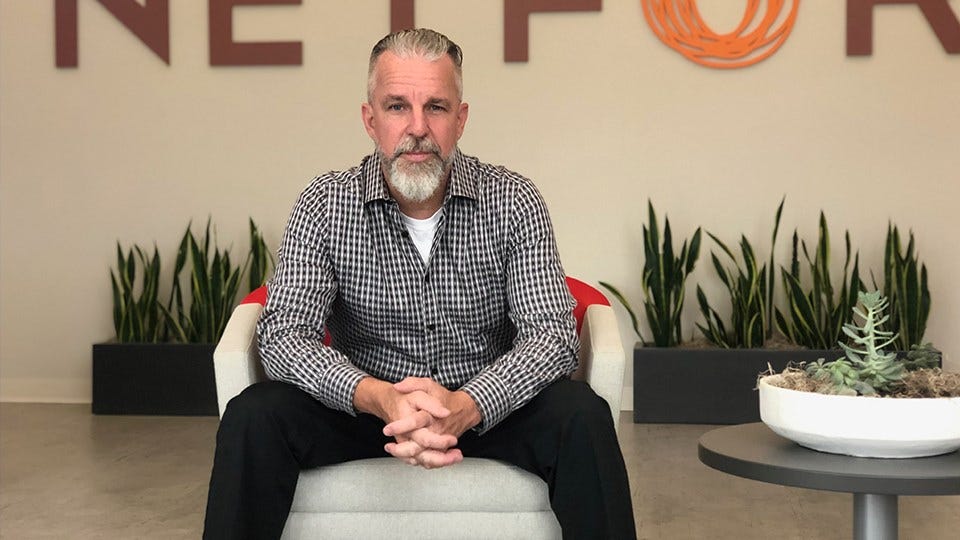Our Service is Imperfect, And That’s Okay

Subscriber Benefit
As a subscriber you can listen to articles at work, in the car, or while you work out. Subscribe NowZero defects. Complete satisfaction. Get it right the first time. American businesses are obsessed with perfection. So new clients are often surprised when we tell them we’ll never deliver perfection. It isn’t a lack of ambition on our part or a lack of faith in our team. It’s a candid acknowledgment of what’s expected, realistic, and practical.
One of the primary roles we serve for clients is acting as their service or help desks. When a client’s customer or employee has a question or encounters a problem, they contact us by phone or through an online chat, and one of our service desk agents helps them resolve the problem.
Companies like ours establish Service Level Agreements (SLAs) with our clients. Those agreements define the desired service level. For example, an SLA may say that 80 percent of calls from consumers will be answered within 20 seconds or that 80 percent of help desk requests from employees will be fielded within a minute. That combination of percentage and time provides a metric known as a Time Service Factor (TSF).
Sometimes, new clients are puzzled by SLAs. They wonder why we won’t commit to handling 100 percent of calls within 20 seconds. Shouldn’t that be our goal?
The key to fulfilling SLAs is having optimal staffing levels. We use workforce optimization and management software to analyze call volumes and handle times. That allows us to predict how many people we’ll need in every 15-minute slice of a given two-week period in the future.
So let’s go back to that question. Shouldn’t we shoot for 100 percent of calls within 20 seconds? While that might seem expected and reasonable, it isn’t, simply because of the nature of life and business. If a consistent number of calls came in 24 hours a day, seven days a week, staffing would be easy. In reality, there are times when call volumes are significantly higher than normal, such as following a weekend, during a service outage, or when a company is experiencing internal changes. It would be unreasonably expensive to base staffing on those peak 15-minute periods. As an example, increasing an SLA from 80 to 95 percent would roughly double the staff needed and what that would cost to provide.
Would it benefit our clients to target that higher SLA? Again, you might think so, but when you deepen your knowledge about the process, you’ll discover any added benefit isn’t worth the cost vs. the received benefit. Often, when companies talk about their customers’ or employees’ expectations when it comes to having calls answered or waiting on hold, they base those expectations on their own assumptions, rather than actually asking those customers or employees.
Our industry has gathered an extensive amount of data on this subject, and we know, for example, that consumers are exceedingly happy if their calls are answered within 20 seconds 80 percent of the time. Attaining those levels produces high customer satisfaction and Net Promoter scores. We also know consumers are most likely to hang up if they’ve been on hold for roughly two and a half minutes, while employees calling a help desk are willing to wait for double that time.
The time it takes to answer a call is one measure of what we do, but we place greater importance on a different metric: the percentage of the times in which we’re able to resolve the caller’s issue on the first call. Why do we emphasize this metric, known as First-Call Resolution (FCR)? Experience teaches us that it’s a greater driver of consumer and employee satisfaction. People don’t mind waiting a little longer for help if their problem gets fixed the first time they contact the help desk. Would you be more satisfied with a plumber who arrives in 30 minutes but leaves your pipes leaking, or one who shows up in four hours and actually stops the leak?
My point in recounting this is that companies have access to more data than ever before, but data alone doesn’t equate to useful insight. If you don’t fully understand what the data means or you haven’t compared it to a trustworthy benchmark, it won’t do you much good.
Companies that turn to outside help for customer service or help desks should have high expectations for the partners they choose. However, those expectations must be reasonable, realistic, and based on useful, instructive expectations and data instead of conjecture or opinion.
Jeff Medley is the CEO and founder of Netfor.
